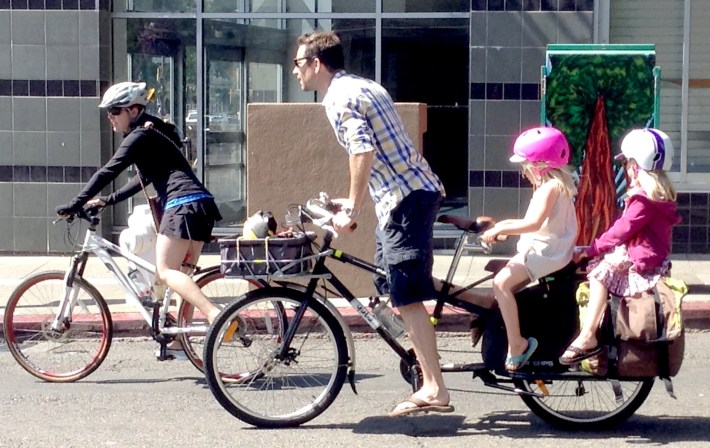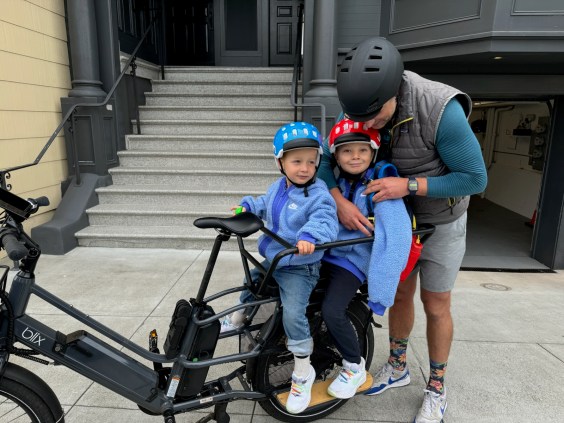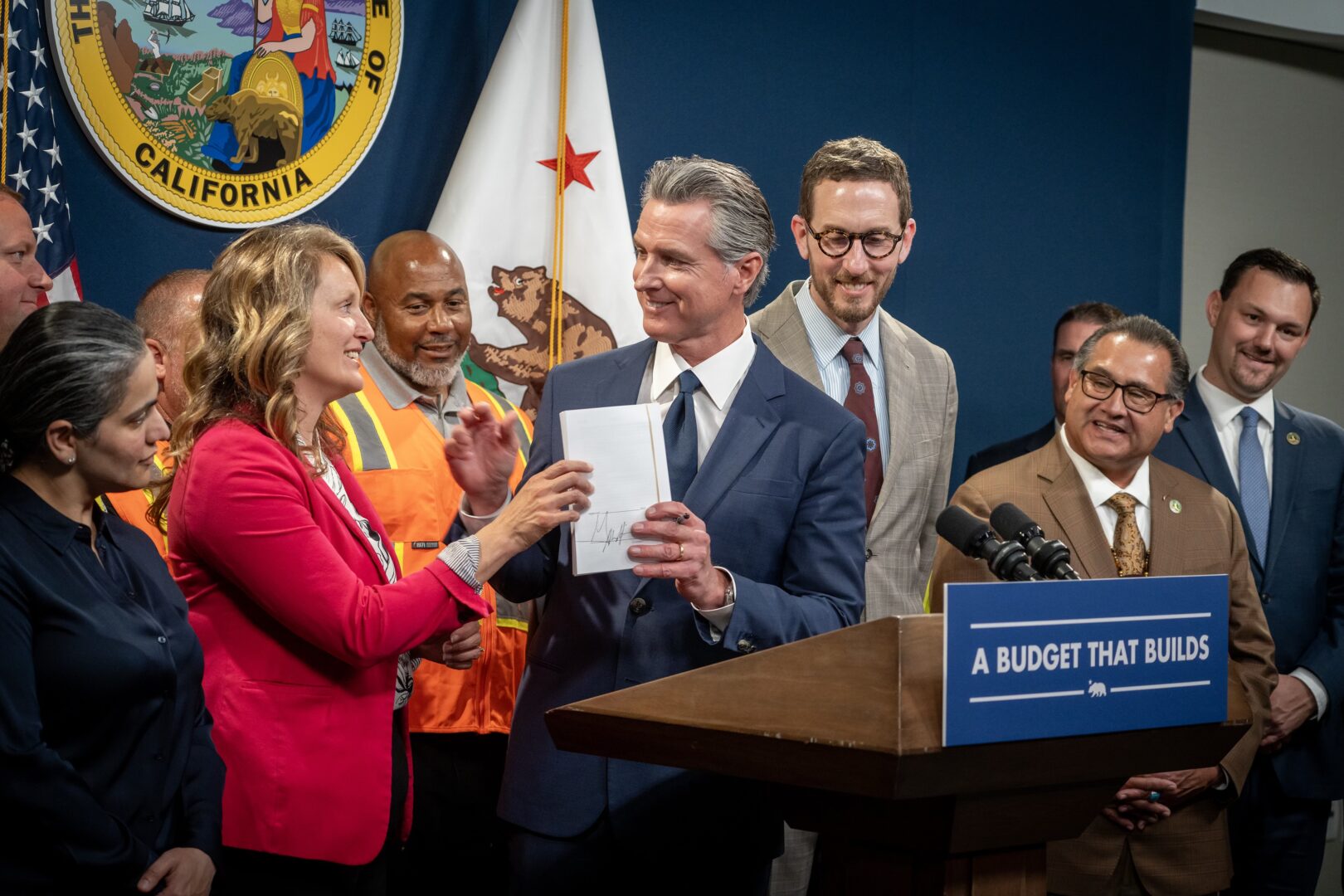
Kudos to the LA Times for explaining in an op-ed piece today why money from California's Greenhouse Gas Reduction Fund (GGRF) should be not used for repairing roads. That proposal has been part of a strategy suggested by Republican members of the legislature for funding transportation, because they think using the money from cap-and-trade, which funds the GGRF, could allow them to avoid voting for higher gas taxes.
As the LA Times put it, the idea doesn't pass muster.
It's inappropriate and, frankly, cynical for the Republicans to suggest that this money be used on projects that not only won't reduce emissions but seem likely to increase them.
And even better:
For the most part, road building . . . can encourage sprawl and more driving by at least temporarily reducing congestion. There is some evidence that smoother roads increase gas mileage, but so far it's unclear whether road repair is an effective way to reduce carbon emissions. One way in which transportation projects might validly be funded by cap-and-trade money: the creation of bicycle- and pedestrian-friendly streets.
Hurray for the Times editorial board for understanding that connection!
However, one thing the board doesn't seem to understand is the relationship between building affordable housing near transit and reducing greenhouse gas emissions. The editorial calls the Affordable Housing and Sustainable Communities program a "dubious" use of cap-and-trade funds. Streetsblog would like to recommend they check out the excellent work done by TransForm, a coalition of advocates that has studied this issue for a long time. TransForm published a report in 2014 that showed that
- Lower income households drive 25-30 percent fewer miles when living within 1/2 mile of transit than those living in [non-transit-oriented housing]. When living within ... 1/4 mile of frequent transit they drove nearly 50 percent less.
- Higher income households drive more than twice as many miles and own more than twice as many vehicles as extremely low-income households living within 1/4 mile of frequent transit. This underscores why it is critical to ensure that low-income families can live within 1/4 mile of transit.
In other words, putting lower-income households near transit can allow those households most likely to reduce their driving to do so. Higher-income households are also demanding condos and apartments near transit, and there is plenty of new development throughout the state attesting to that. But low-income housing is harder to finance and therefore needs encouragement and incentives. Cap-and-trade money is an appropriate way to support affordable housing, because:
using conservative assumptions, TransForm and the California Housing Partnership calculated that investing ten percent of cap-and-trade proceeds in [California's Department of Housing and Community Development Transit-Oriented Development Housing program] for the three years of FY 2015/16 through FY 2017/18 would result in 15,000 units that would remove 105,000,000 miles of vehicle travel per year from our roads.
In addition, TransForm is working on a map of all the programs, not just housing, that are putting cap-and-trade funds into projects on the ground. Since these programs are just beginning to roll out funds, the map is a work in progress, but over the next few years it will become more clear which programs are doing what to reduce greenhouse gases.





